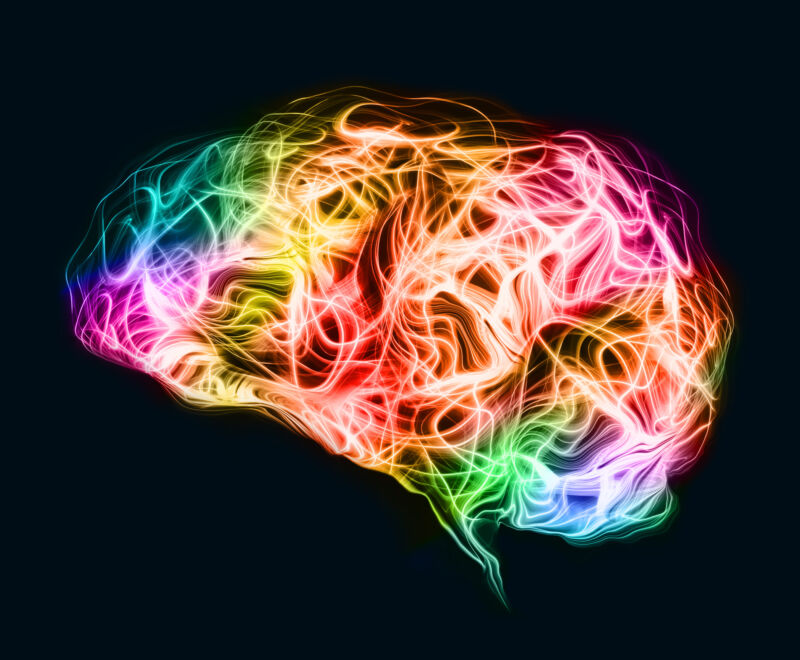
Enlarge (credit: SEAN GLADWELL)
Unraveling how consciousness arises out of particular configurations of organic matter is a quest that has absorbed scientists and philosophers for ages. Now, with AI systems behaving in strikingly conscious-looking ways, it is more important than ever to get a handle on who and what is capable of experiencing life on a conscious level. As Christof Koch writes in Then I Am Myself the World, “That you are intimately acquainted with the way life feels is a brute fact about the world that cries out for an explanation.” His explanation—bounded by the limits of current research and framed through Koch’s preferred theory of consciousness—is what he eloquently attempts to deliver.
Koch, a physicist, neuroscientist, and former president of the Allen Institute for Brain Science, has spent his career hunting for the seat of consciousness, scouring the brain for physical footprints of subjective experience. It turns out that the posterior hot zone, a region in the back of the neocortex, is intricately connected to self-awareness and experiences of sound, sight, and touch. Dense networks of neocortical neurons in this area connect in a looped configuration; output signals feedback into input neurons, allowing the posterior hot zone to influence its own behavior. And herein, Koch claims, lies the key to consciousness.
In the hot zone
According to integrated information theory (IIT)—which Koch strongly favors over a multitude of contending theories of consciousness—the Rosetta Stone of subjective experience is the ability of a system to influence itself: to use its past state to affect its present state and its present state to influence its future state.
Read 12 remaining paragraphs | Comments
